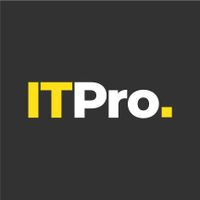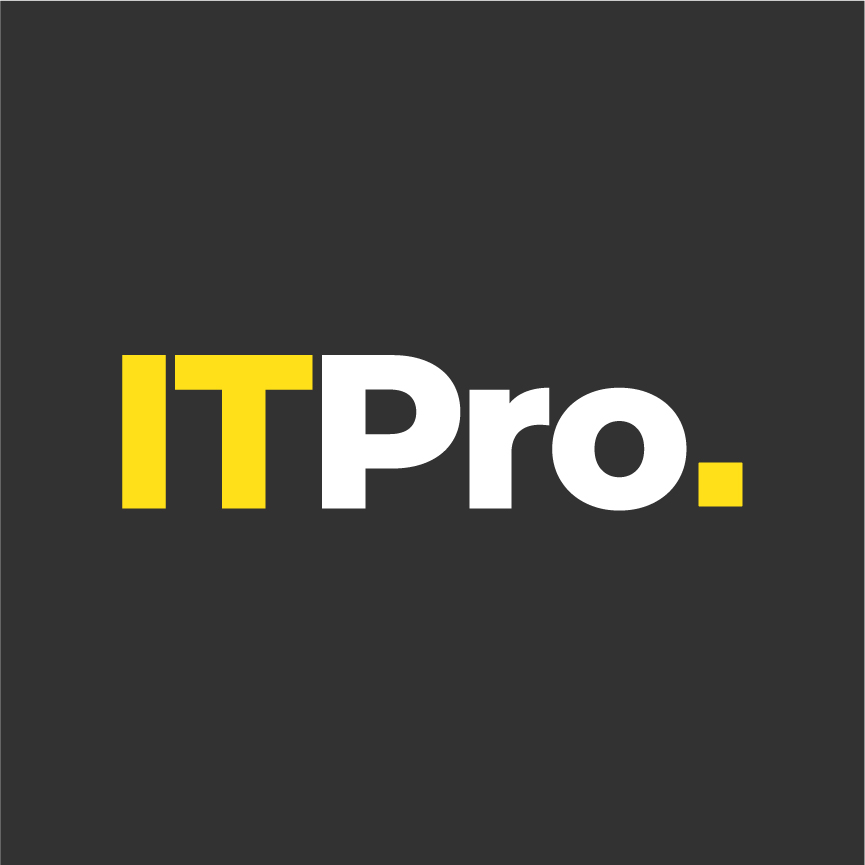Sponsored by Jumpcloud
Why it’s time to unify your IT management
Complexity is the bane of all mid-market IT administrators; it’s time to consolidate your IT stack through a single platform

Staying competitive as a growing business means keeping up with the rapidly evolving technology landscape – and managing this complexity is keeping everyone, especially IT admins, awake at night.
SMB leaders have long been faced with the reality that, when it comes to adopting the latest technologies, they can’t afford to fall behind their larger peers. As the market for IT solutions continues to grow, the task of orchestrating an ever-growing number of solutions and devices to ensure they are all performing as securely as possible becomes increasingly difficult.
IT vendors continue to redefine what businesses can achieve with advancing technologies, yet the challenge for the IT leaders to navigate these changes has never been greater.
Across the board, IT is becoming more complex with each solution added to the mix, often requiring its own management and implementation strategy – and staying on top of this complexity is becoming more resource-intensive by the day.
This is a particularly stark problem for those leading the IT strategy for mid-market organizations, which have fewer resources to address the problem. IT leaders at SMBs need to contend with how their increasingly complicated environment is hindering their organization’s efficiency and security, consuming their teams’ time and swallowing their modest budgets.
Licensing complications and shadow IT plague IT leaders
JumpCloud’s most recent IT Trends Report explores how IT leaders are overcoming the complexity challenge and establishing the control they need over their organization’s IT stack.
When asked about the biggest challenges facing their IT team, IT admins reeled off a laundry list of headaches they struggle with on a daily basis.
The most frequently cited problem identified by 60% of the respondents was ensuring that their organization’s sprawling attack surface is being sufficiently protected as their business continues to add solutions to its tech stack. Just under half of the IT admins (48%) said securing the attack surface was the single-largest area they were spending their IT budget on.
Shadow IT, the use of unauthorized software or hardware by employees, is a growing problem for IT leaders and makes managing an already complex attack surface far more difficult. Nearly 90% of IT administrators admitted that they worry about unauthorized apps and devices expanding their attack surface.
The truth is that many employees will turn to non-sanctioned tools using personal devices or third-party software, rather than those provided by their organization, if it makes it easier to complete their work.
Maintaining a smooth user experience for staff as the business integrates new technologies is a primary responsibility for IT teams and essential to maximize their efficiency and ensure they don’t turn to unsanctioned systems out of frustration. This was identified by IT leaders as the primary constraint holding them back from implementing stronger security controls over their organization’s software and devices.
In addition, over a third of mid-market IT leaders reported they simply don’t have the budget required to adequately secure additional systems – and this is just one of many budgetary concerns associated with increased complexity.
Just under two-fifths (39%) of leaders said they spend 26-50% of their entire budget on licensing fees for the various solutions they have acquired, with IT asset management (ITAM) also highlighted as a significant money sink for administrators.
IT admins are drowning in a litany of tools and services, with managing point solutions described as the number one challenge by just under half of the respondents. Almost half (48%) of the IT leaders who took part in the survey said that their teams use between five and 10 tools, with 26% reporting that their teams still require 11 tools or more to manage the IT needs of their coworkers.
The light at the end of the tunnel for IT administrators is the promise of being able to have a single platform from which they can manage their entire IT estate, with 85% of IT admins displaying a continued preference for unified IT management in 2025. The reality, however, is that only 2% have actually achieved this goal.
Taking back control with MSP support
A unified approach to managing IT complexity can help consolidate an array of fragmented point solutions into a single, streamlined strategy to reduce inefficiencies, improve security, and enable easy scalability as the business grows.
The practical solution to reaching this goal is to leverage the capabilities of trusted partners to help manage this load. Managed Service Providers (MSPs) are no longer simply a more efficient way to deploy and manage the solutions businesses need to function, they are a strategic lifeline for IT leaders in the mid-market and beyond.
Many businesses already use MSPs to completely manage their IT program, including 35% of IT admins who explained that MSPs increase their effectiveness at managing their IT assets.
MSPs can help businesses streamline their approach to IT complexity by offering 24/7 monitoring, cybersecurity, cloud migration, compliance management, scalable support, device management, and much more. They allow organizations to focus on their core operations with the assurance they are getting the most out of their tech stack.
As such, they are vital partners for technology leaders, with 43% of SMB IT admins who currently work with an MSP stating “they make my life easier”. When asked why their organization is embracing the MSP model, respondents cited the fact that they offer a strong user experience and better secure user access and identity than they can, also raising that they are up to date on the latest technologies.
But ultimately it boiled down to the fact that MSPs increase the IT administrator’s effectiveness at managing IT in a cost-effective manner.
To support both MSPs and their IT counterparts, JumpCloud is a platform built to help your business get a grip on your sprawling IT tools to manage users, devices, software, and security across your organization. It’s a cloud-based directory that unifies identity, access, and device management through a single platform and boasts broad compatibility across a comprehensive range of devices and operating systems.
The platform offers IT admins the ability to seamlessly manage devices and applications in hybrid environments through one centralized dashboard, making remote setup and control a cinch.
JumpCloud also helps IT leaders simplify licensing and compliance management by consolidating user access, enforcing automated security policies, and providing centralized visibility so they can manage tool sprawl, eliminate audit headaches, and keep their tech stack audit-ready.
A unified management solution can cut through the current chaos facing IT administrators, reducing costs, bolstering security, and simplifying operations. That’s where JumpCloud shines, helping IT teams eliminate tool sprawl, enforce compliance, and automate tedious tasks.
Complexity is an inevitable hurdle IT administrators must overcome as their organizations grow and acquire new products and systems. By having a partner that can help disentangle the web of interconnected solutions, IT leaders can gain back control over this complexity and ensure that the technology they procure is actually helping their organization rather than hinder it.
With JumpCloud, mid-market businesses can finally streamline their tech stack, boost productivity, and focus on growth instead of remaining stuck in the mire.
Sign up today and you will receive a free copy of our Future Focus 2025 report - the leading guidance on AI, cybersecurity and other IT challenges as per 700+ senior executives
ITPro is a global business technology website providing the latest news, analysis, and business insight for IT decision-makers. Whether it's cyber security, cloud computing, IT infrastructure, or business strategy, we aim to equip leaders with the data they need to make informed IT investments.
For regular updates delivered to your inbox and social feeds, be sure to sign up to our daily newsletter and follow on us LinkedIn and Twitter.
-
 Google launches flagship Gemini 3 model and Google Antigravity, a new agentic AI development platform
Google launches flagship Gemini 3 model and Google Antigravity, a new agentic AI development platformNews Gemini 3 is the hyperscaler’s most powerful model yet and state of the art on almost every AI benchmark going
-
 Microsoft unveils Foundry overhaul for managing, optimizing AI agents
Microsoft unveils Foundry overhaul for managing, optimizing AI agentsNews The hyperscaler is aiming to simplify AI agent oversight, as organizations grapple with the increasingly complicated business of processing and paying for outputs

